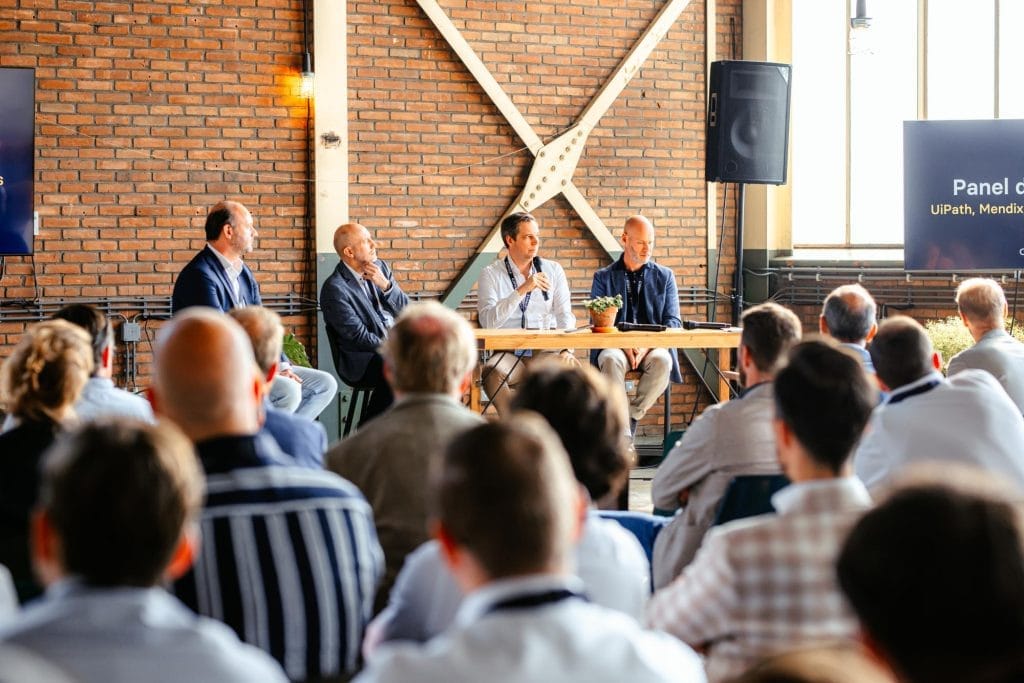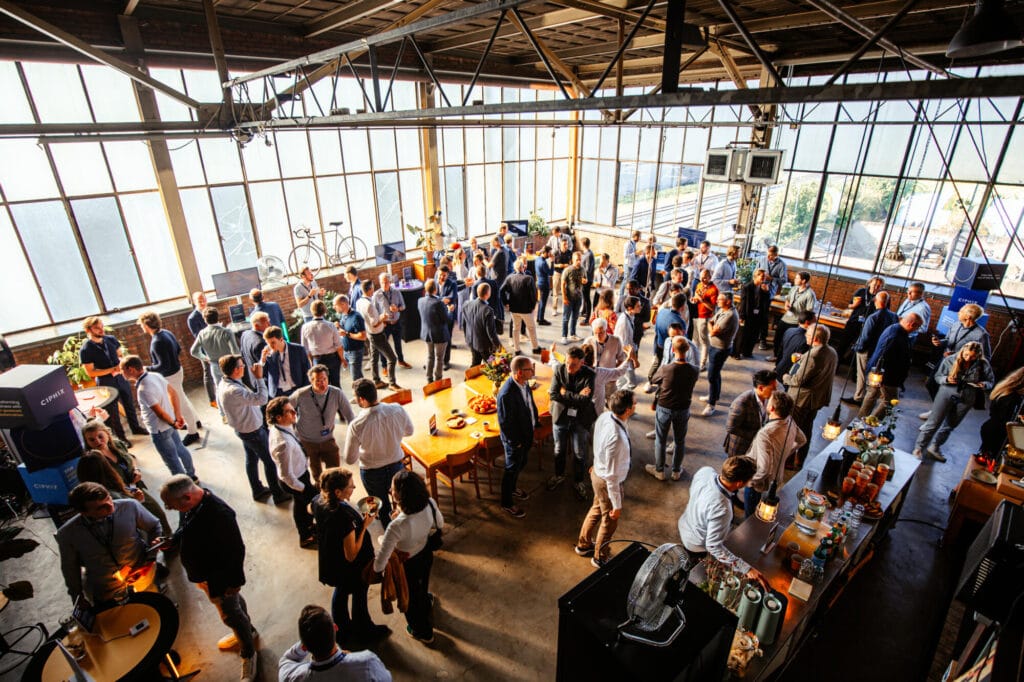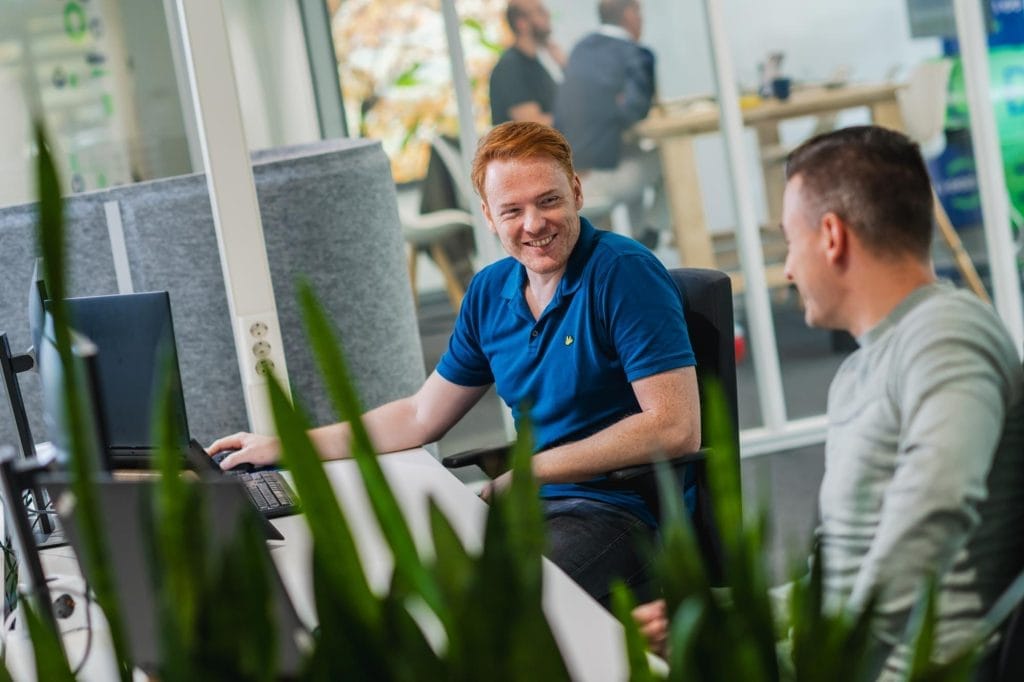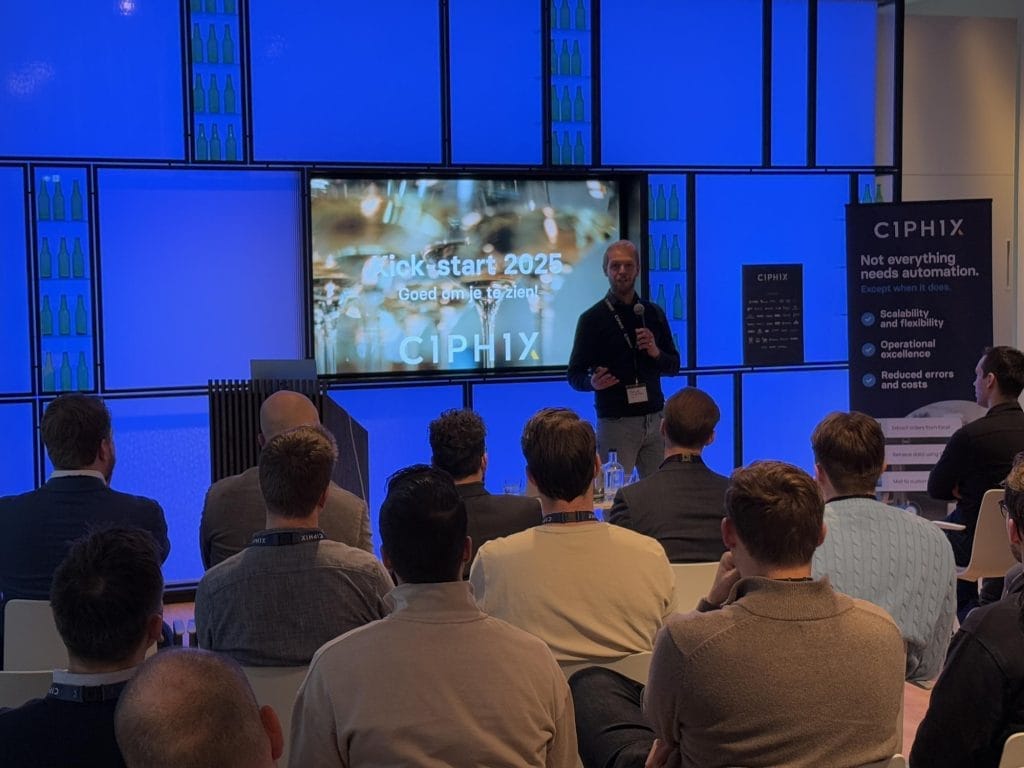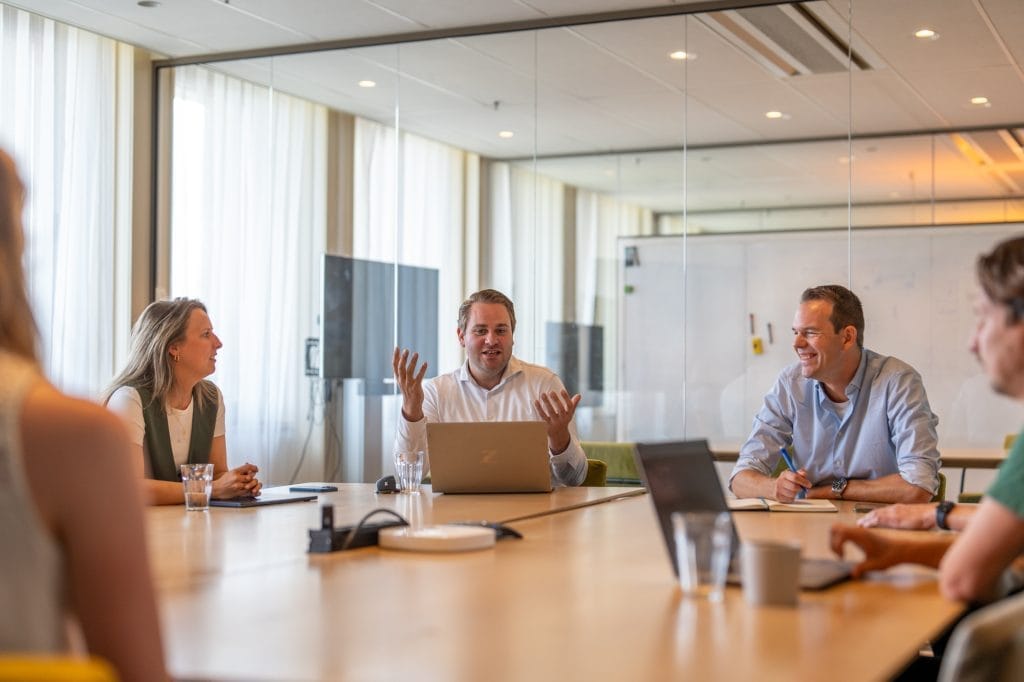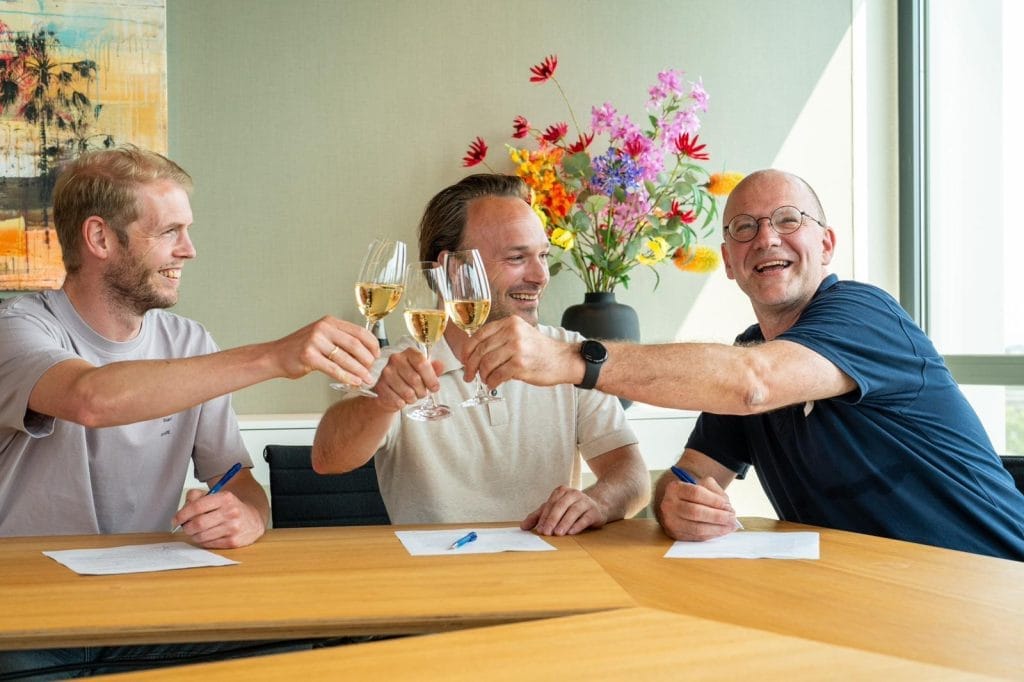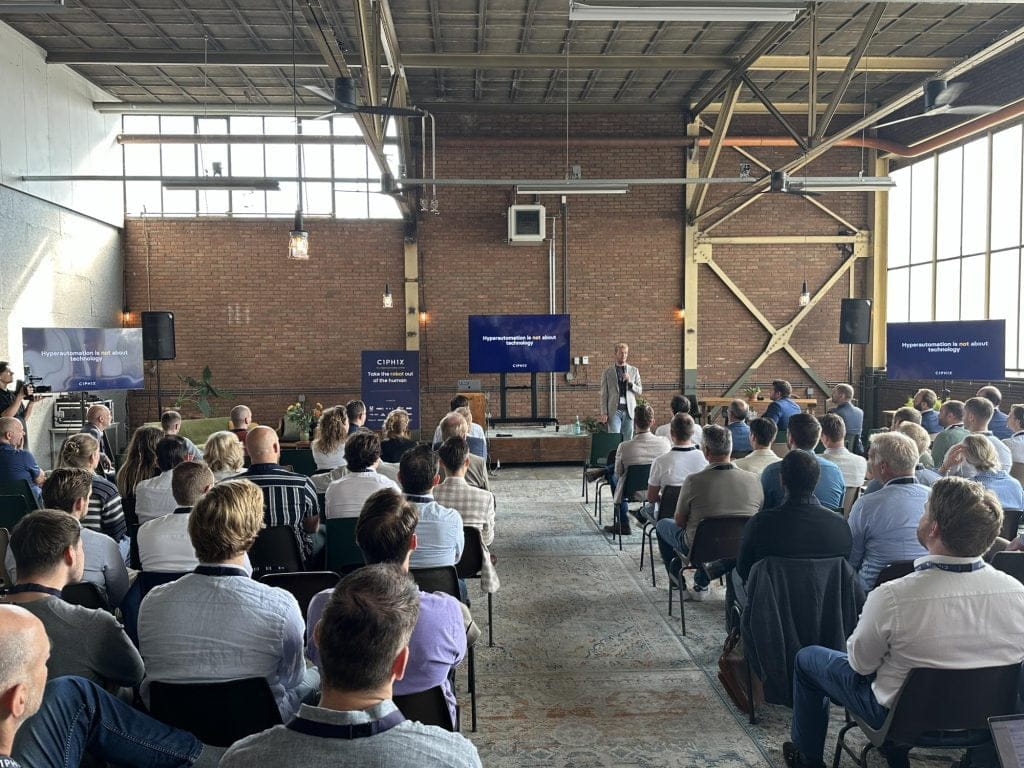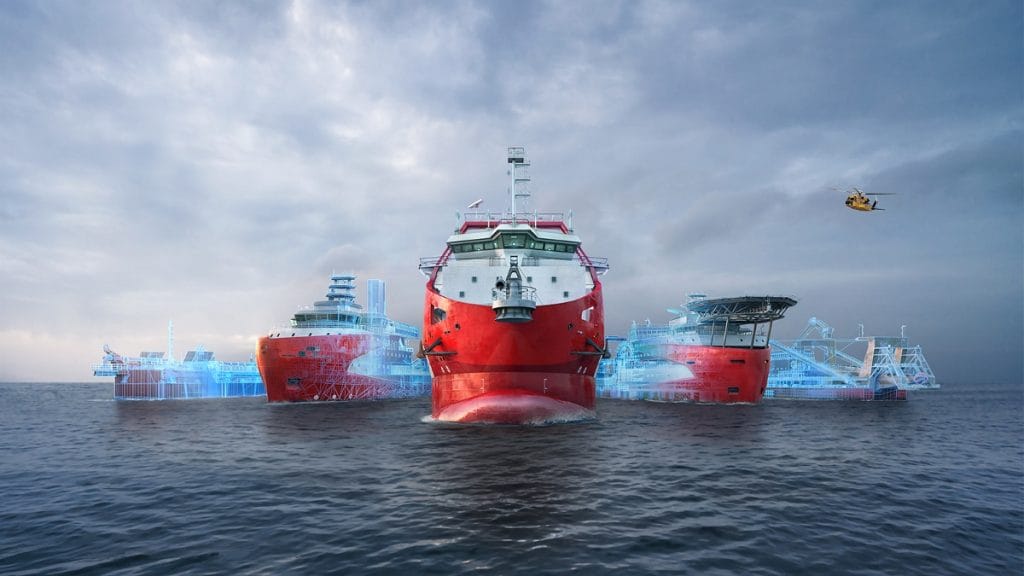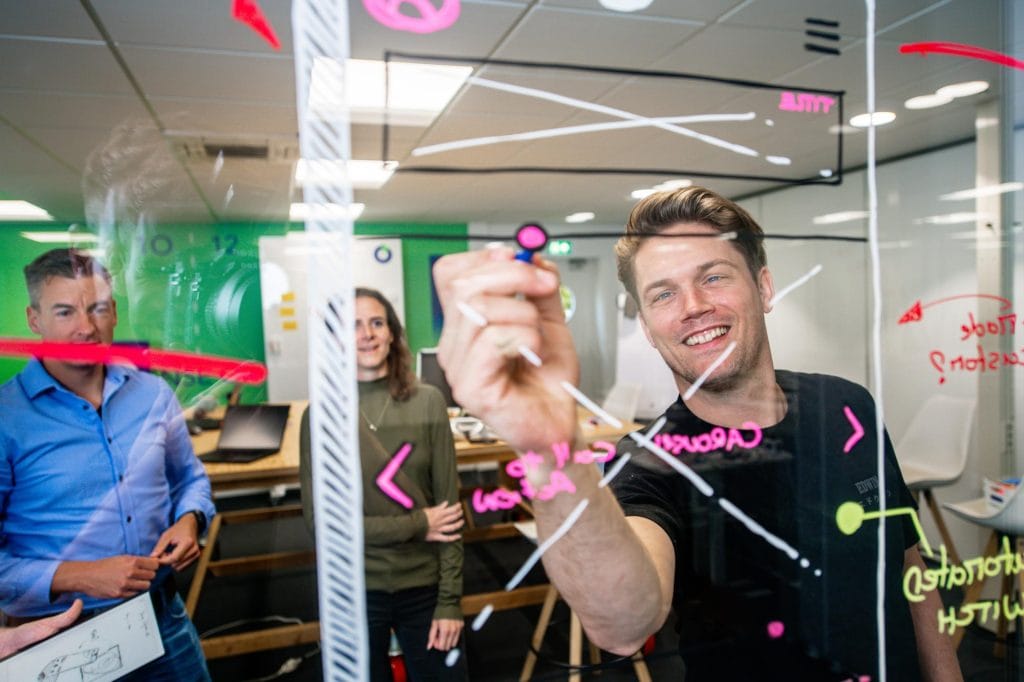RPA for better efficiency
One of Europe’s leading energy companies, Vattenfall, is using Robotic Process Automation (RPA) to create operational efficiencies and support the company in working toward its mission of fossil-free lifestyle within one generation.
Vattenfall expands RPA services and Robotics Centre of Excellence
Robotic Process Automation (RPA) at Vattenfall began as a grassroots initiative as many business units within Vattenfall began to explore the potential of automation technologies. In 2018, the Vattenfall Heat division was the first to experiment with RPA by deploying software robots to automate simple processes and optimize daily tasks. Together with the Vattenfall IT team and external implementation company Ciphix, the Heat department was able to integrate the software robots into native Vattenfall systems.
The success of the business case within Heat was shared through various forums to inspire colleagues and show how powerful these technologies could be. As the news spread, the IT team discovered that there was increasing demand for automation within the organization. With growing requests and interest in RPA within the company, Vattenfall IT established RPA services to facilitate these requests in a streamlined manner.
As the Vattenfall IT team continued to develop RPA services, they created a “Robotics Filter,” a tool to evaluate which processes were best suited for RPA. This led to a productive dialogue within Vattenfall that helped raise awareness of these innovative technologies.
With support from external IT implementation partners, Vattenfall IT then established their own Robotics Centre of Excellence (CoE), which enabled them to scale up robotics and automation activities in an efficient manner.
- Saved costs
≈ €6 million - Multiple departments
Multiple business units involved in automation - Time saved
100,000+ hours
Vattenfall builds RPA platform and scales it out
In the early days of the Vattenfall Robotics Centre of Excellence (CoE), the main focus was on the company’s existing needs – especially repetitive, stable processes with structured data that was readily available. Once these were addressed, the CoE began to analyze other processes and demonstrate the potential of RPA within Vattenfall. The team focused more on processes with rule-based decisions and minimal exceptions, with the intention of simplifying the role of the human worker in the process.
As more projects were launched, the Vattenfall CoE defined the following criteria to determine which processes would be considered for robotic automation:
- Repetitive with high process volume
- Rule-based with minimal human intervention for decisions
- High level of standardization with few exceptions and modifications
- Use of structured, electronically available data
Once the processes were identified, the IT CoE could determine what level of support (if any) would be required from their external implementation partners in the Netherlands, Germany and Sweden. To centralize and manage all RPA initiatives from start to finish, the CoE began using the UiPath platform.
Thus, the Robotics Platform within Vattenfall was born. The platform grew rapidly between 2018 and 2022 and currently supports eight business units. According to the system administrator of the RPA platform, Peer Fiedler, “RPA is here to stay. The automation potential in companies like ours is huge and growing every year. That’s why we see this technology as an important tool to transition to more integrated software solutions.”
Employees collaborate with RPA robots for efficiency
Today, human employees within Vattenfall regularly work with the software robots – there are Bot Owners within the business units who manage and oversee the RPA activities. Frank Wichmann, Team Leader in the Procurement Steering department in Berlin, said, “Daily recurring processes are carried out by the RPA bot. This gives my colleagues more time for other processes, where their specialist knowledge can be used more effectively.”
Mission-oriented automation use cases
While much of the process automation is designed to save time and/or money, these types of projects can also contribute directly to helping the company achieve its mission. For example, in the Vattenfall E-mobility use case, a robot was designed to request the placement of new charging stations for electric cars nationwide. This enabled the E-mobility team to:
- Increase the number of applications processed
- All charging stations to be installed with less operational load
- Release ±500 hours from employees who were performing the process manually
- Meeting Vattenfall’s obligation
- 8 business units
automated to date - 40-50%
Internal automation awareness - 75
Automated processes - 120,000 hours
Estimated (net) time savings - €2 million
Invested
Steps in the application and reporting process
Step 1
Input data is provided in an Excel document by the business
Step 2
The Excel document with the input data is ready
Step 3
New location request form is completed
Step 4
Report of processed requests
Although a relatively simple process, it required time, effort and follow-up from the E-mobility team. By integrating a robot, the team is able to perform the required work more efficiently and support Vattenfall in pursuing its mission of fossil-free lifestyle within one generation.
Time and cost savings:
Time savings per year: 400 hours
Cost savings per year: €17,000
Error reduction: €1,056
Qualitative benefits:
- Meeting the outcome obligation
- Reduced turnaround time of application processes
- Increased number of applications processed
- Staff can spend more time on more complex application cases
- ROI achieved in ± 23-24 months
Marleen, RPA developer at Ciphix who supported the implementation, said, “Within the E-Mobility department, Vattenfall saves ±400 hours per year by robotizing the MijnConnection process. The E-Mobility department had an obligation towards one of their suppliers for the installation of charging stations. Previously, the Vattenfall team requested these manually. Since the implementation of a software robot, the process is performed 7 times faster. How cool is it that a robot like this can contribute (even if only in a small way) to a greener and more sustainable world!”
Other examples of how software robots have impacted key processes within the company include:
- Creating purchase requisitions and purchase orders (Purchasing)
- Reviewing and approving e-invoices (Finance)
- Processing waste management documents and preparing a waste balance report (Operations)
- Exchanging inventory levels/management of warehouse inventory (Operations)
- Maintenance protocol in SAP including archiving (Field operation)
- Extraction, standardization and migration of metadata classification (Document Management)
- Automated upload of third-party certification (Document Management)
Vattenfall's RPA pathway
As automation scales up within Vattenfall, it happens naturally through employee curiosity and initiative. Employees are interested in the possibilities of automation through platforms such as the Microsoft Power Platform. Employee engagement and awareness of successful use cases are key drivers of Vattenfall’s ambition to further expand technology horizons within the IT team.
In parallel, the Vattenfall IT teams are continuously reviewing their operations manual and working to develop their capabilities so that the CoE (Centre of Excellence) can become even more independent of external implementation partners.
The Vattenfall CoE often hosts “Build Your Own Bot” workshops, focused on citizen development, to further train and empower teams to explore RPA and other automation technologies such as Artificial Intelligence. Vattenfall has also created an informal forum to connect with other multinational companies to share use cases and automation insights.
The automation journey within Vattenfall has evolved in recent years from primarily manual work (no robots) to Robotics Process Automation and now looks forward to a future filled with artificial intelligence and Hyperautomation. The IT CoE will continue to evolve and improve their ability to handle complex rule-based processes with many exceptions. They will look for opportunities to reduce costs, save resources and generate valuable process insights for the business.
According to Michael Gessner, head of the Robotics CoE within IT at Vattenfall, the Robotics Platform is only at the beginning. Michael believes there are many opportunities to expand automation activities at Vattenfall. He believes that introducing intelligent process automation will have a meaningful impact on the way of working within all business units and save even more time and resources.
For example, the Robotics Platform will begin exploring ways to support teams such as Human Resources to optimize their administrative work and focus more on strategic talent management. Software robots (or “digital workers”) can manage many routine HR tasks quickly, efficiently and accurately. In this way, human HR staff can spend more time supporting employees within Vattenfall.
The Robotics Platform is part of Vattenfall’s broader journey to digitize all business activities. The company believes digitalization is essential to accelerating Vattenfall’s mission to achieve fossil-free lifestyles within one generation.
We will help you further!
Looking for a partner who understands your organization and translates it into digital solutions with results?
Discover
Define
Design
Do

